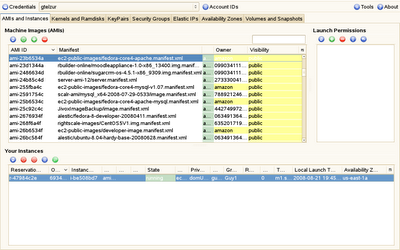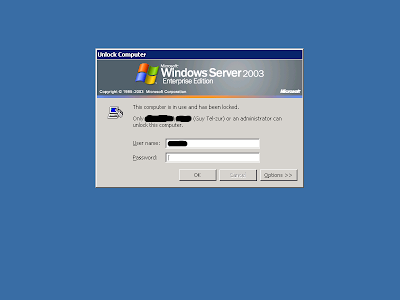Distinguished Lecture Guest: Prof. Barton P. Miller Computer Science Department University of Wisconsin - Madison Monday, January 28th, 2008 14:00-16:00 in the Saal Auditorium (202), Alon Hi-Tech Bldg (37) at the Ben-Gurion University of the Negev, Beer-Sheva A Framework for Binary Code Analysis and Static and Dynamic Patching Barton P. Miller Computer Sciences Department University of Wisconsin Madison, WI 53706 bart@cs.wisc.edu Tools that analyze and modify binary code are crucial to many areas of computer science, including cyber forensics, program tracing, debugging, testing, performance profiling, performance modeling, and software engineering. While there are many tools used to support these activities, these tools have significant limitations in functionality, efficiency, accuracy, portability, and availability. To overcome these limitations, we are actively working on the design and implementation of a n




